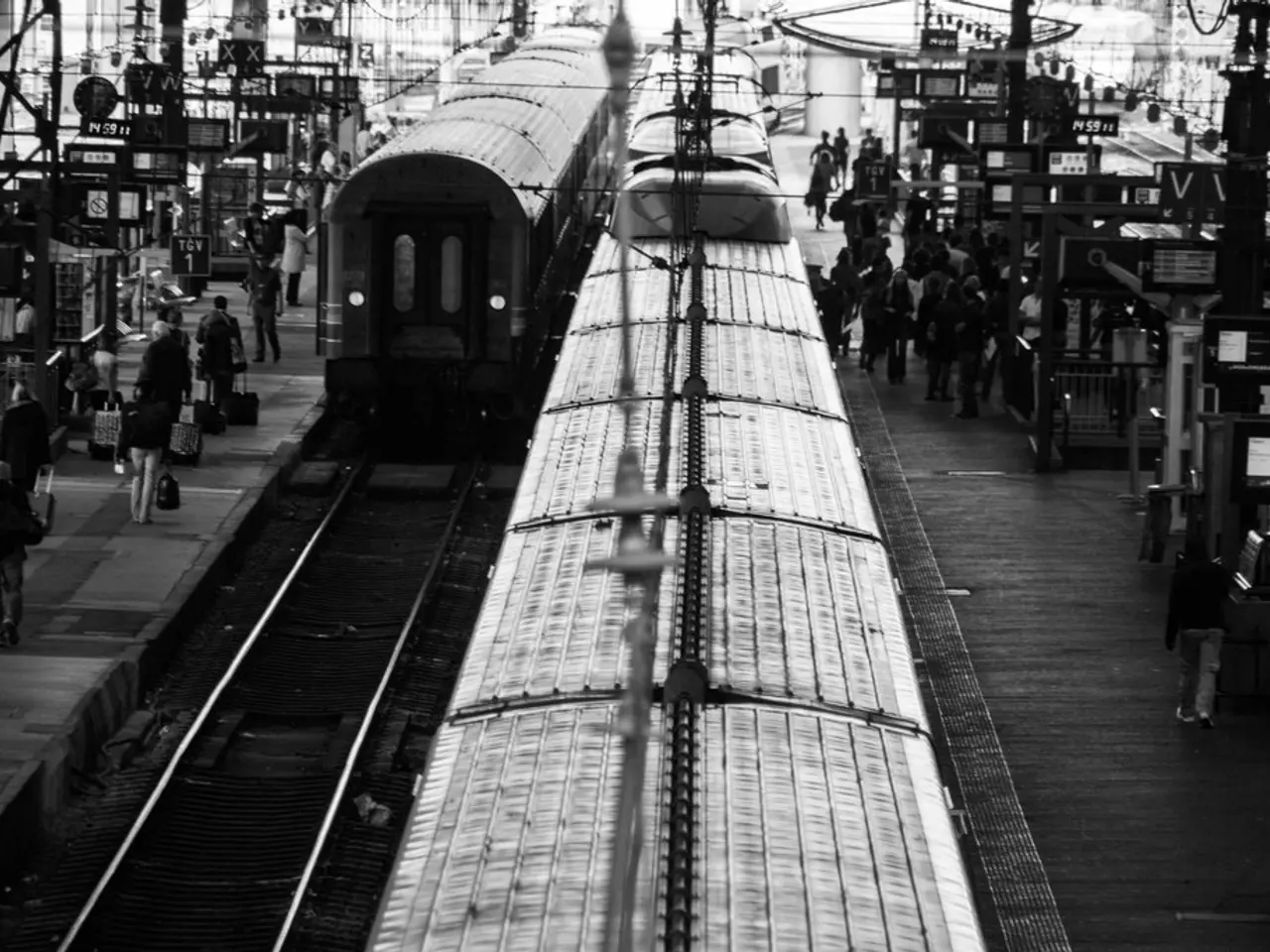Railway coalition lagging in digitalization progress
The European Train Control System (ETCS) is a key component for standardizing European train safety systems and facilitating cross-border rail traffic. The German federal government aims to have the entire rail network converted to this technology by 2040, but the slow progress of the ETCS expansion in Germany raises questions about the feasibility of meeting this deadline.
According to the current plan, the conversion of Germany's rail network to the ETCS technology will take approximately 16 years. However, the digitization of the rail network is currently making little progress. As of the end of 2024, only 1.6 percent of Germany's federal rail network is equipped with the ETCS train safety system.
Deutsche Bahn, the national railway company, has developed a comprehensive strategy for the digital modernization of the rail network. The focus is on replacing old signaling systems and implementing the ETCS by 2029. To address installation delays, DB InfraGO is revising its rollout plan and developing a new migration strategy in collaboration with the industry and the Federal Ministry of Transport (BMV).
Dirk Flege, the managing director of Allianz pro Schiene, an industry association advocating for the development and improvement of Germany's rail network, emphasizes the need for a jointly developed implementation strategy involving the federal government, industry, and states. He stresses the importance of visible efficiency gains from the digitization of the rail network for the railways, as they have to invest a lot of money to make their vehicles ETCS-ready. Funding for the conversion process is a critical concern, according to Flege.
The Riedbahn has been converted to the ETCS system during renovation, while the current general renovation of Berlin-Hamburg will not install ETCS to avoid high costs of a dual setup with ETCS and classic safety technology. This decision, however, may impact the overall pace of the ETCS expansion in Germany.
Allianz pro Schiene expresses concern that the expansion of the ETCS system in Germany is proceeding at a slow pace. They suggest that a clear strategy is necessary for the digitization of Germany's rail network. The slow progress may jeopardize the federal government's goal of having the entire network converted to ETCS by 2040 if the current pace of planning continues.
The ETCS train safety system is crucial for modernizing and streamlining rail traffic in Europe. Once implemented, information such as the permitted speed will be displayed to the train driver on a display in the driver's cab. The successful implementation of the ETCS system in Germany is essential for the future of the country's rail network and its role in European rail traffic.
Read also:
- Upcoming iPhone Model: What We Understand Thus Far
- Chinese Medicine: An Overview of Traditional remedies and healing techniques from China
- Severe Norovirus Infections: Exploring Potential Health Complications
- Bangladesh confronted a health predicament, marked by outbreaks of dengue fever and chikungunya.








